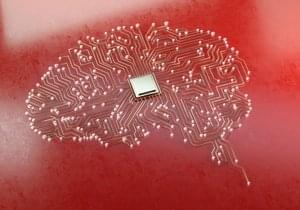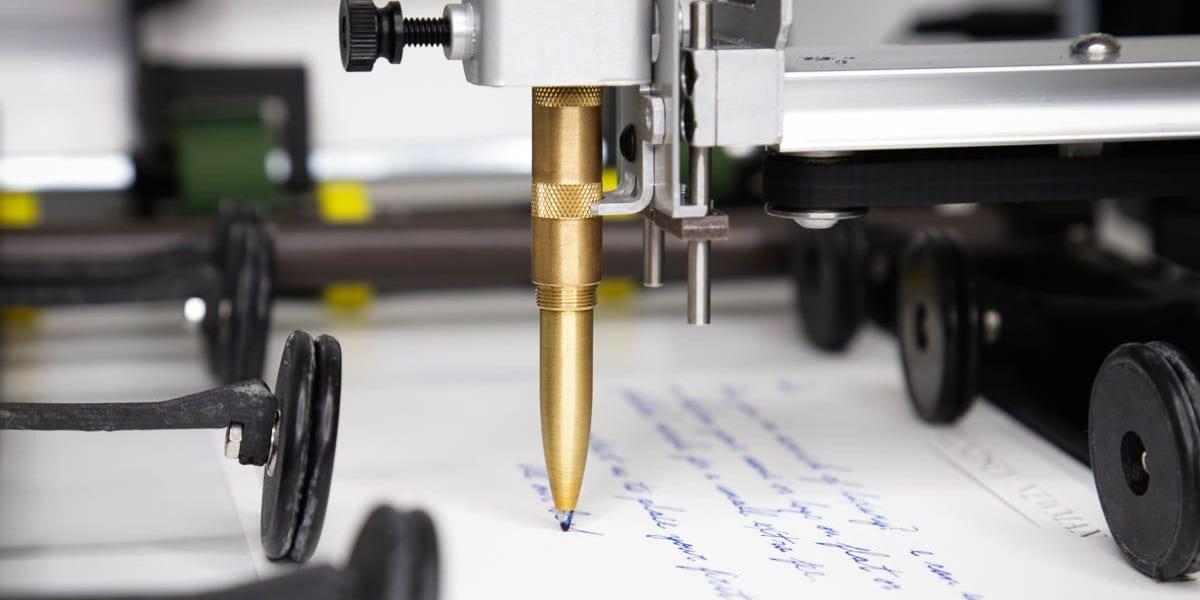SEO poisoning delivers trojanized tools, targeting SMBs and spreading malware via fake websites






Recent advances suggest the technology is hitting its stride. The UC Davis team’s speech synthesis system represents a fundamental shift from previous approaches. Rather than translating brain signals into text and then synthesizing speech — a process that created significant delays — UC Davis’ system converts thoughts directly into sounds with near-instantaneous 10-millisecond latency.
H2]:text-3xl pb-8
Meanwhile, researchers at Carnegie Mellon achieved real-time control of individual robotic fingers using non-invasive EEG technology, wearing a cap that reads brain signals through the skull. This suggests that future brain interfaces might not require surgery at all for certain applications.

A research team led by Prof. Li Hai from the Hefei Institutes of Physical Science of the Chinese Academy of Sciences has developed a novel deep learning framework that significantly improves the accuracy and interpretability of detecting neurological disorders through speech. The findings were recently published in Neurocomputing.
“A slight change in the way we speak might be more than just a slip of the tongue—it could be a warning sign from the brain,” said Prof. Hai, who led the team. “Our new model can detect early symptoms of neurological diseases such as Parkinson’s, Huntington’s, and Wilson disease, by analyzing voice recordings.”
Dysarthria is a common early symptom of various neurological disorders. Since speech abnormalities often reflect underlying neurodegenerative processes, voice signals have emerged as promising noninvasive biomarkers for the early screening and continuous monitoring of such conditions.


What if a city’s mood could be mapped like weather? Researchers at the University of Missouri are using AI to do exactly that—by analyzing geotagged Instagram posts and pairing them with Google Street View images, they’re building emotional maps of urban spaces.
These “sentiment maps” reveal how people feel in specific locations, helping city planners design areas that not only function better but also feel better. With potential applications ranging from safety to disaster response, this human-centered tech could soon become part of the city’s real-time dashboard.
Human-Centric City Vision

In order to make sure the letters don’t look too perfect, Wachs said the robots vary letter shapes, line spacing, the left margin, and the strokes that join letters together.
“We do all this stuff to try to create the most accurate human writing, without falling into that uncanny valley,” Wachs said.
Using robots that can write in nearly three dozen styles of penmanship — some of which carry alliterative names like Enthusiastic Erin and Slanty Steve — the company sends about 20,000 cards a day to customers or, more often, directly to the recipient.

Chinese researchers present new technology for data processing and sorting AI systems using memristors.
Memristors are electronic elements that can change their resistance depending on the electric charges that flow through them. They are able to mimic the functions of processing and storing information in a similar way to the human brain.
Chinese scientists have combined the use of memristors with an advanced data sorting algorithm to process large amounts of information more efficiently. According to them, this approach can help overcome performance limitations not only in computing, but also in artificial intelligence systems and equipment design.